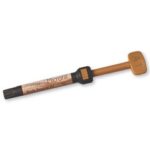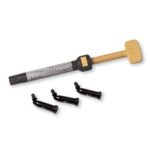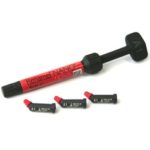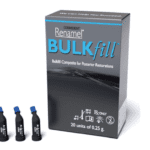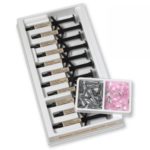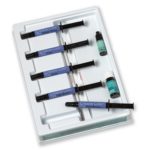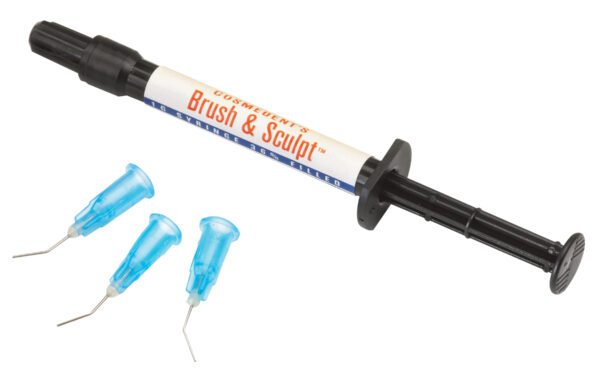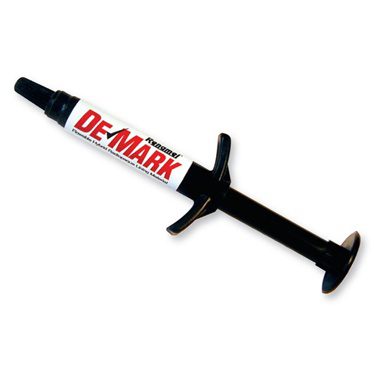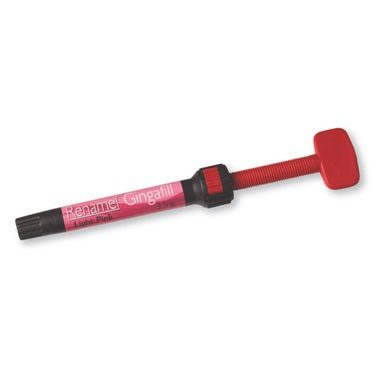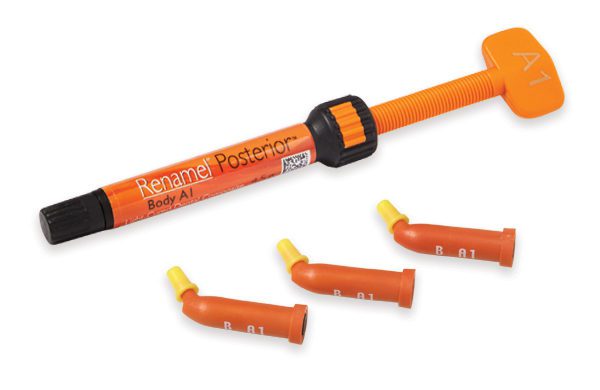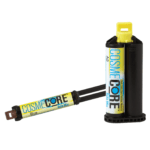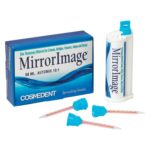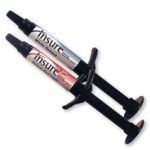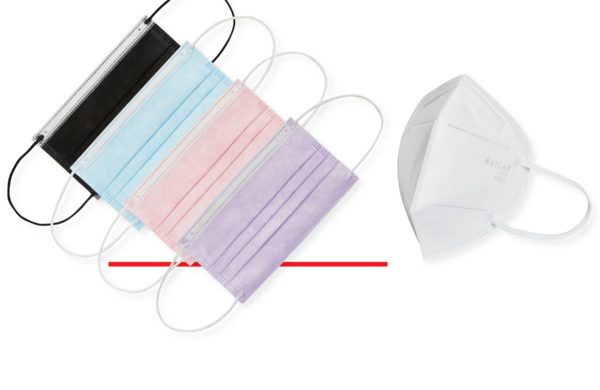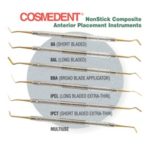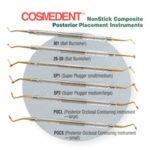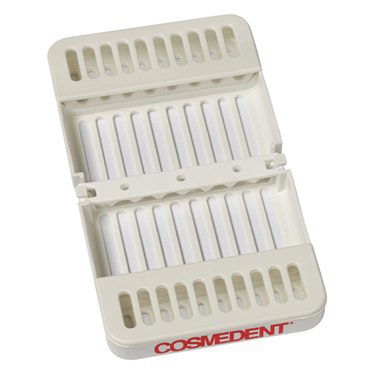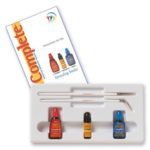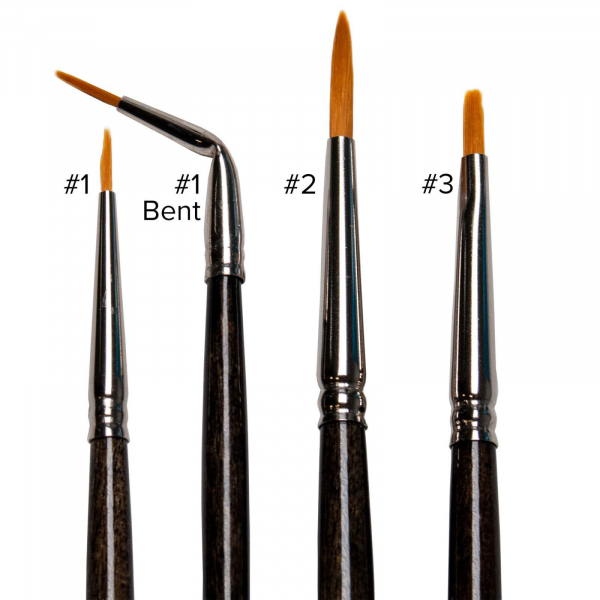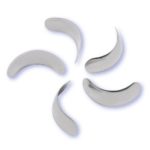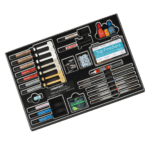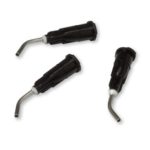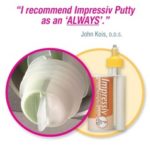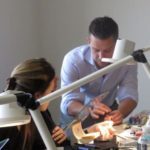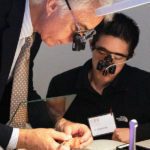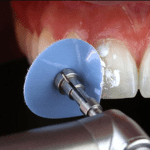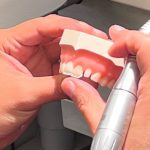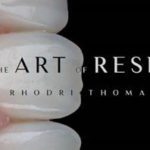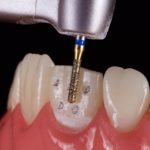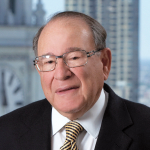- Composites
-
-
Composites
Dental Composite materials for direct anterior and posterior composite bonding.
-
-
-
-
Continuing Education: Get the most from our Composite products by taking one of our Continuing Education Courses. View Courses
-
-
- Finishing & Polishing
-
-
Finishing & Polishing
Finishing and polishing materials for composites, porcelain, metal, gold and natural teeth.
-
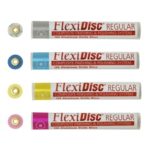 FlexiDisc Dental Polishing Discs
FlexiDisc Dental Polishing Discs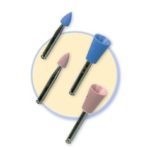 Dental Polishing Cups, Burs & Points
Dental Polishing Cups, Burs & Points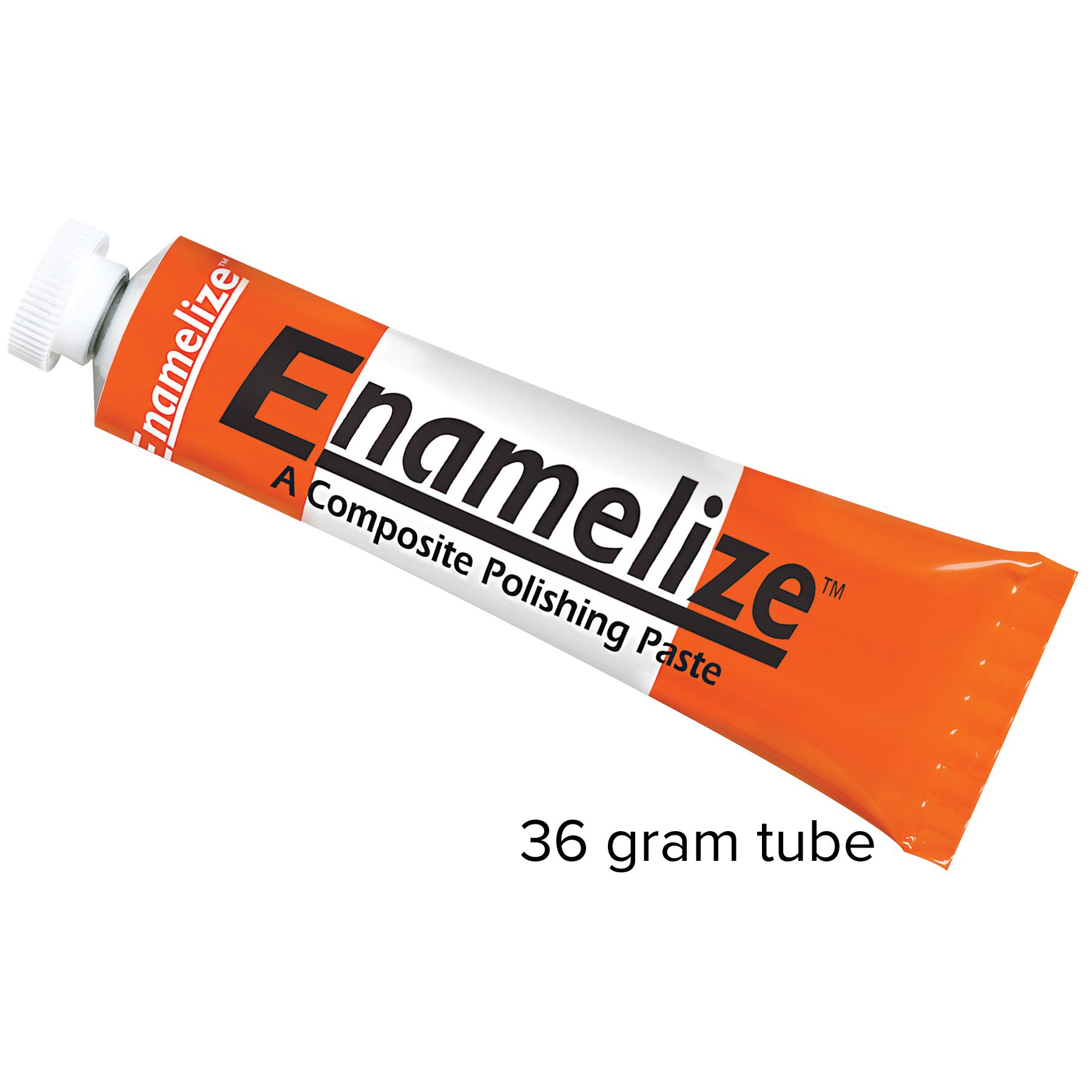 Enamelize Dental Polishing Paste
Enamelize Dental Polishing Paste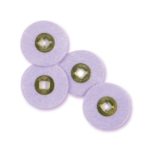 FlexiBuffs
FlexiBuffs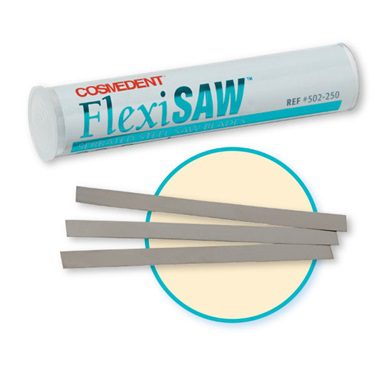 FlexiSAW
FlexiSAW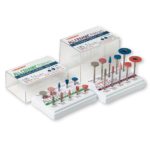 All Ceramic Polisher
All Ceramic Polisher FlexiStrips Dental Polishing Strips
FlexiStrips Dental Polishing Strips FlexiDiamond Strips
FlexiDiamond Strips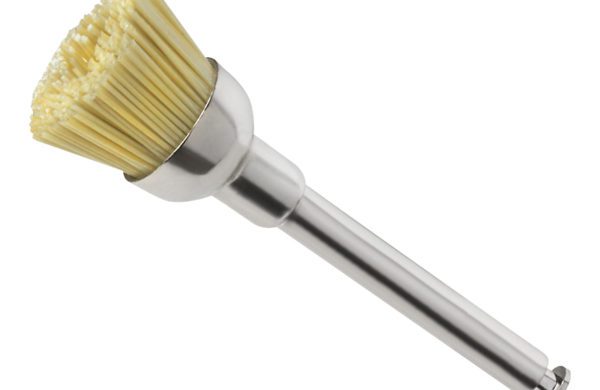 FlexiBrush Dental Polishing Brush
FlexiBrush Dental Polishing Brush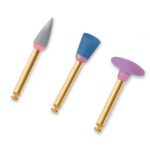 NANO / Microhybrid Diamond Polishers
NANO / Microhybrid Diamond Polishers Porcelize - Porcelain Polishing & Finishing Paste
Porcelize - Porcelain Polishing & Finishing Paste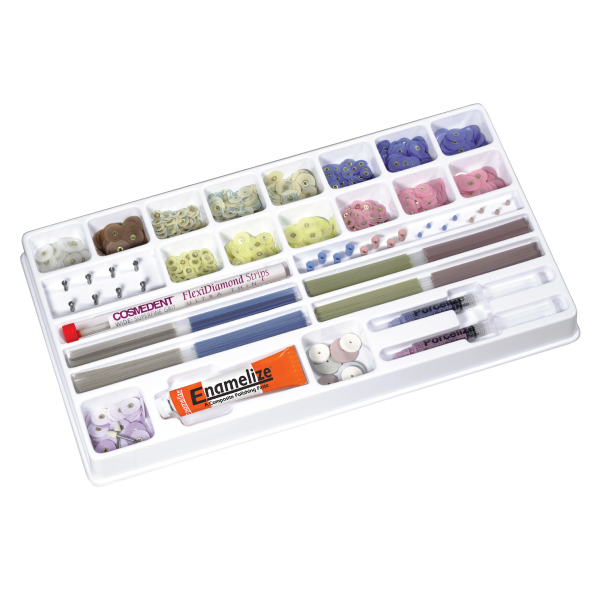 Top Finisher System
Top Finisher System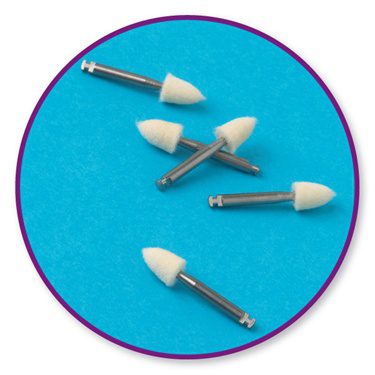 Felt FlexiPoints
Felt FlexiPoints
-
-
-
-
Continuing Education: Get the most from our Composite products by taking one of our Continuing Education Courses. View Courses
-
-
- Core & Temp
-
-
-
Continuing Education: Get the most from our Composite products by taking one of our Continuing Education Courses. View Courses
-
- Resin Cement
-
-
-
Resin Cements
-
-
-
-
-
-
Continuing Education: Get the most from our Composite products by taking one of our Continuing Education Courses. View Courses
-
-
-
- Accessories
-
-
Accessory Products
Complete your esthetic dentistry toolkit with these helpful accessories.
-
-
-
-
Continuing Education: Get the most from our Composite products by taking one of our Continuing Education Courses. View Courses
-
-
- Education
-
-
Continuing Education
Learn all of the composite dentistry that you may be missing in your practice and how doing more of it can benefit you financially and professionally.
-
-
Composite Power: Versatility Unsurpassed (Part 3)
1-Hour FREE Webinar – Part 3
Explore several advanced cases of composite dental restorations performed by Dr. Mopper in his practice over the years.
The Presenter: Dr. Bud Mopper, DDS, FAACD
Dr. Bud Mopper has been practicing composite dentistry for over 40 years and is a renowned lecturer on the topic. He co-authored A Complete Guide to Dental Bonding, which was the first definitive book for the dental profession describing bonding techniques.
Dr. Mopper is a Life Fellow of the Academy of Esthetic Dentistry, Founding Member and Fellow of the American Academy of Cosmetic Dentistry, Life Fellow and Diplomat of the American Board of Pediatric Dentistry, and Fellow of the American College of Dentistry. He teaches continuing education courses in direct resin bonding at multiple universities and has won numerous awards for his pioneering work in composite dentistry.
Overview: Composite Dentistry Case Studies
Dr. Mopper walks webinar viewers through several cases of advanced composite dentistry, illustrated with photos at each stage of the restoration. He continues to emphasize the versatility and advantages of composite technology for addressing different types of clinical and cosmetic dental issues, noting that composites are reliable, long lasting, easily repairable, and good for the surrounding tissue.
The results are so dramatic that they excite patients, and this makes them a proven practice builder. Composite dentistry puts the power in the dentist’s hands to create smiles that are beautiful and lifelike, with natural color, translucency, and tooth shape.
Materials Used
Throughout the webinar, the materials and instruments used in each case are highlighted and discussed. These include:
- Pink opaquer
- Renamel Microhybrid
- Renamel Nanofill
- Creative Color Tints
- IPCT composite instruments
- Multi-use composite instrument
- Diamond polishers
- Flowable composites
- Ribbond dental fiber reinforcement
Case #1: Repairing Mutilated Dentition
This patient presented with mutilated dentition, requiring realignment and a series of restorations. Work on the uppers includes a series of filings, tooth rotation, and tooth whitening, all accomplished with composite dentistry. Dr. Mopper also performs augmentation to reshape some teeth, which saves time when it comes time to place composite veneers. Finally, he uses composite to place a veneer over an existing crown.
Before performing the lower restorations, Dr. Mopper refers the patient to an orthodontist for realignment of the lower anteriors and then proceeds with augmentation, replacement of old restorations, and recreation of alignment with the uppers.
Case #2: Composite Occlusal Augmentation
This 23-year-old presented with excessive wear and disclusion throughout his mouth resulting from severe bruxism. Because vertical length needed to be added to both uppers and lowers to rebuild the patient’s bite, treatment starts with the lower arch first to set up the upper. An articulator is used to open the bite and make a stint to build up the incisal with Nanofill. With incisal guidance in place, Dr. Mopper can proceed planning upper and lower restorations to add vertical dimension. Then, the lower arch is completely veneered with Nanofill, leading to steps to build the uppers to correspond with the lowers. Finally, the patient is fitted with a night guard to prevent future bruxism.
Case #3: Tetracycline Stain Repair with Composite
Tetracycline staining is a common problem, and it provides a great use-case for composites. The patient presented with very dark staining that makes it a complex case; Dr. Mopper demonstrates his technique for placing, shaping, and polishing the materials.
He notes that repairing tetracycline stains with composite is easier and more effective than other methods, such as using porcelain. For instance, if the patient has gingival recession over time and more stain starts to show, the composite is easily repairable.
Case #4: Resin Retained Bridge & Full Bonded Crown
This patient’s care plan included reshaping of the centrals and laterals and diastema closure. Dr. Mopper completes a resin bridge on the upper laterals to establish the correct midline with the upper face while closing the diastema. He also demonstrates using a full bonded crown to get a small tooth to the correct size.
Case #5: Ovate Pontic with Composite
This patient had a draining fistula for years that was not addressed and resulted in lost papilla. Working with a periodontist, Dr. Mopper uses ovate pontic technique to restore the papilla and restore the gingival tissue over time. He also places a resin retained bridge.
Dr. Mopper shows the patient at 15 years post-op, with his restorations in place and only in need of minor repair.
Case #5: Chairside Resin Retained Bridge
In this case study, the patient is missing a central incisor and has extensive damage to her other incisors. Dr. Mopper creates a resin retained bridge chairside. He starts by placing a dental fiber reinforcement material called Ribbond on which the composite restoration can be built up to replace the missing tooth. The remaining teeth are repaired, giving the patient a complete, natural looking smile.
Composite Restoration with Nanofill Technology
Dr. Mopper explains that, in most cases, he prefers to use both Nanofill and Microhybrid composites, but walks through several examples of cases he’s completed using only Nanofill. He emphasizes that Nanofill is less opaque than Microhybrid (so using more opaquer is required) but is well suited for light color changes. Nanofill is very effective for Class II situations or adding incisal length.
Examples of restorations completed with Nanofill in this webinar include:
- Repairing and lightening existing restorations
- Cuspid rise with Nanofill
- Transitional bonding with Nanofill
Case #6: Issues Associated with Cleft Palate
In this advanced case, the patient was born with a cleft palate and bilateral cleft lip. She had nine surgeries and extensive orthodontics before visiting Dr. Mopper, when she still had an open bite, missing laterals, malposition of anterior teeth, and several other challenges. Over a period of six months, Dr. Mopper is able to address all her dental restorations using composite technology and completely transform the patient’s smile and improve her quality of life.
This webinar is part 3 of Cosmedent’s series Composite Power: Versatility Unsurpassed. It ends with a Q&A session with the audience and provides a segue to the fourth and final video of the series.
